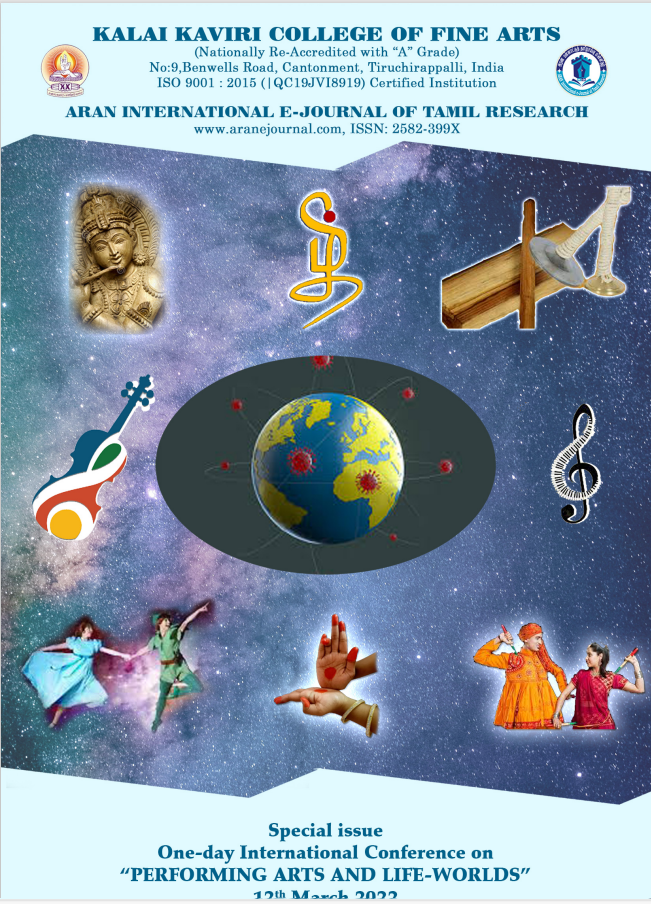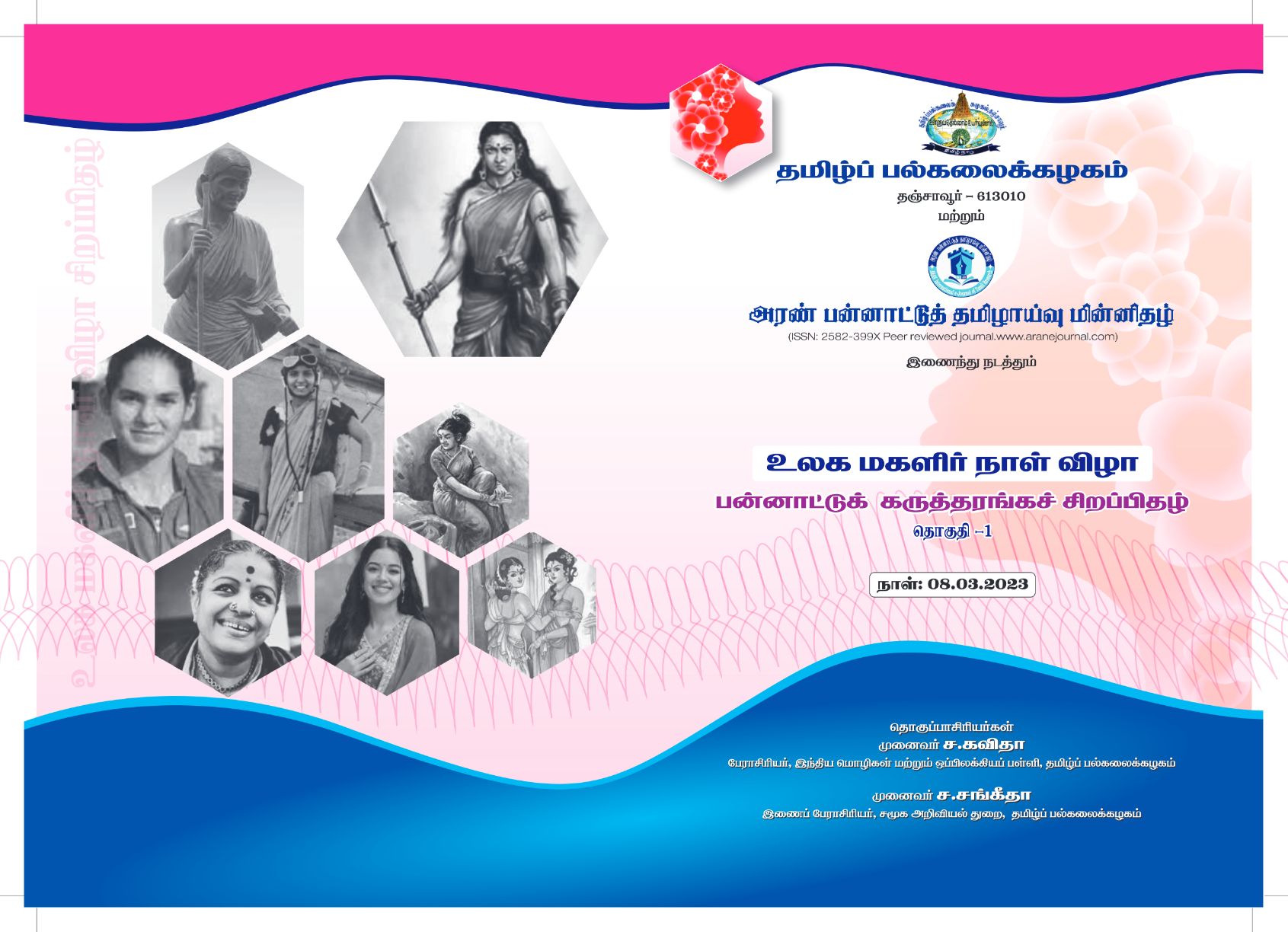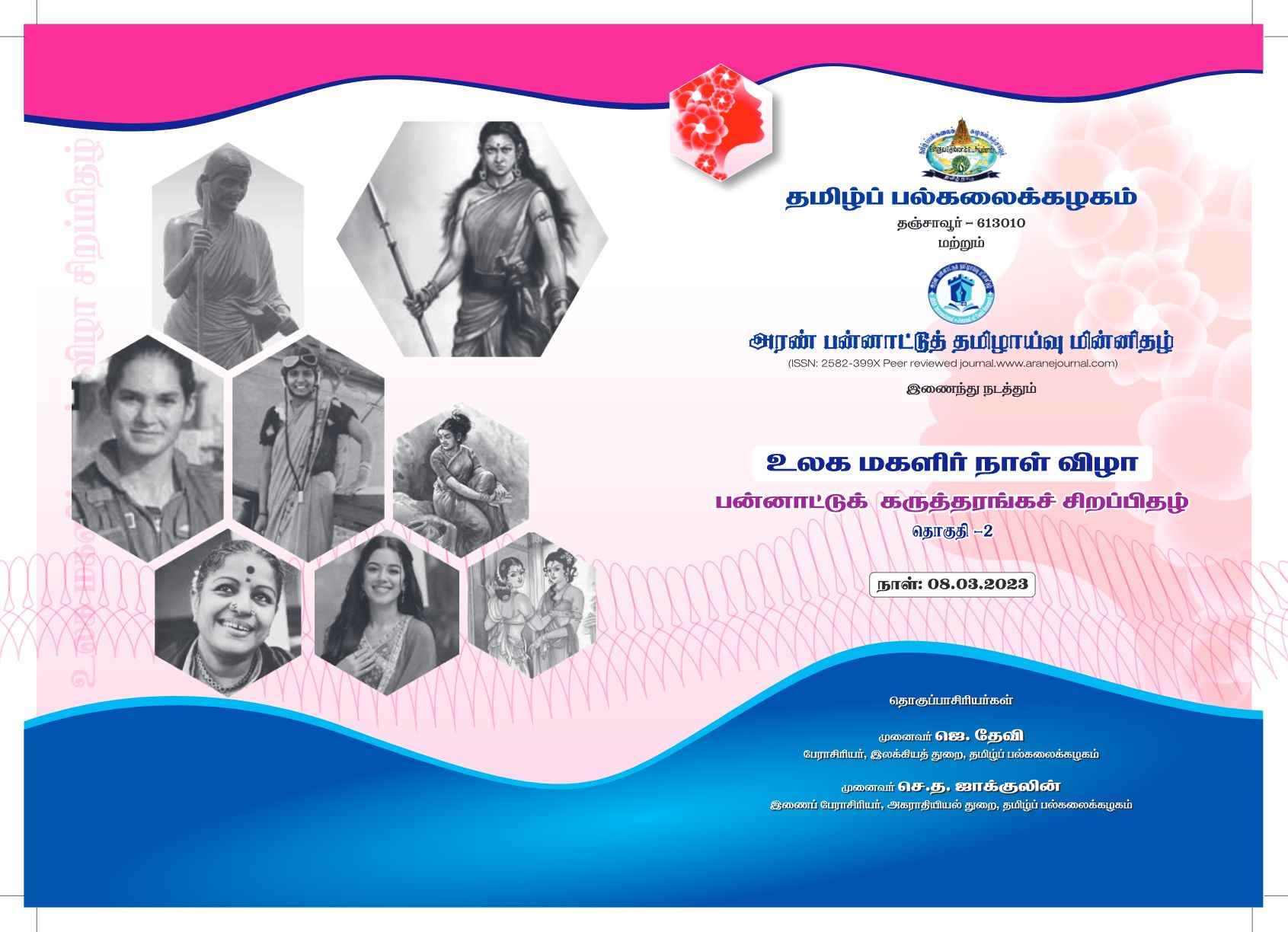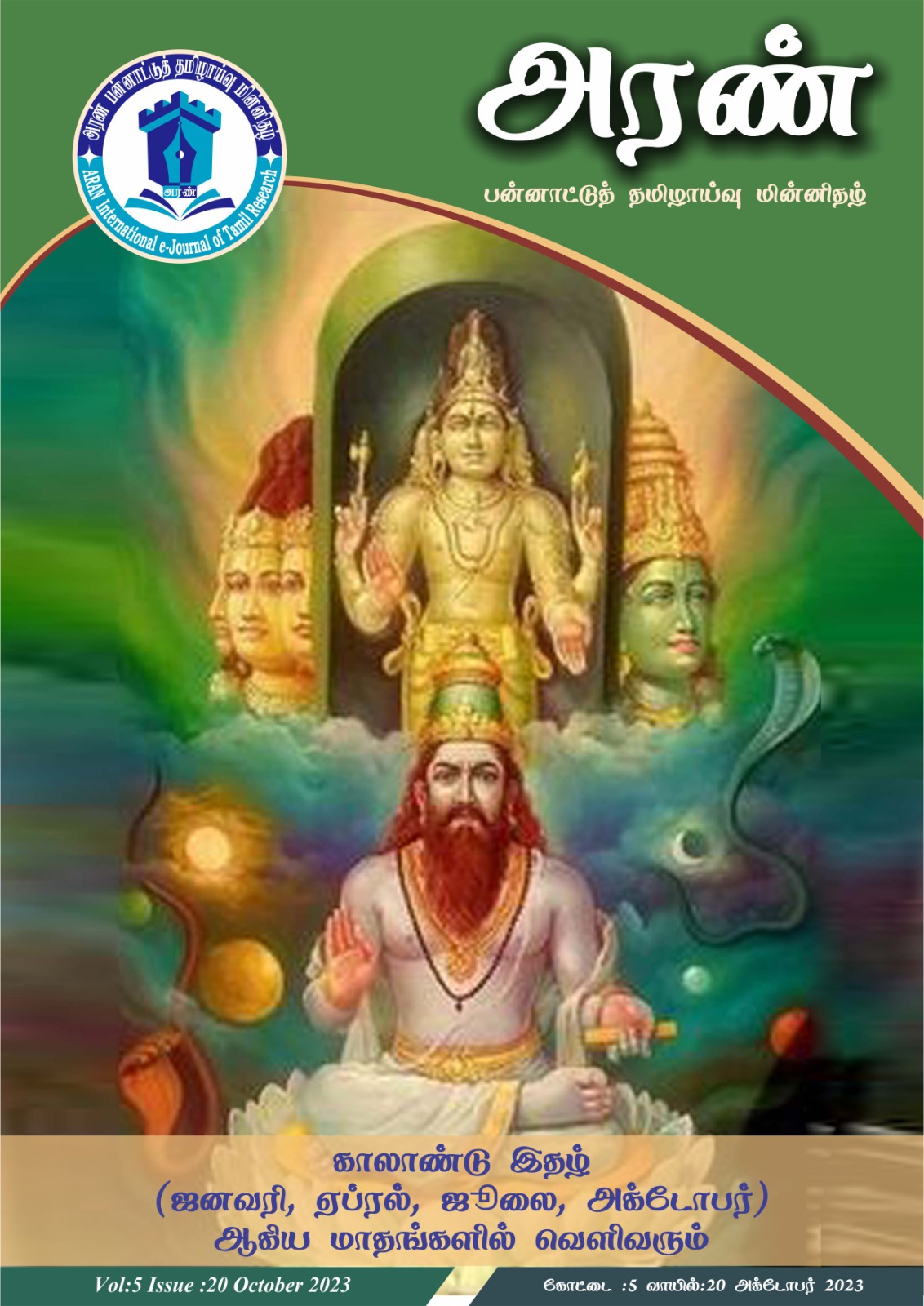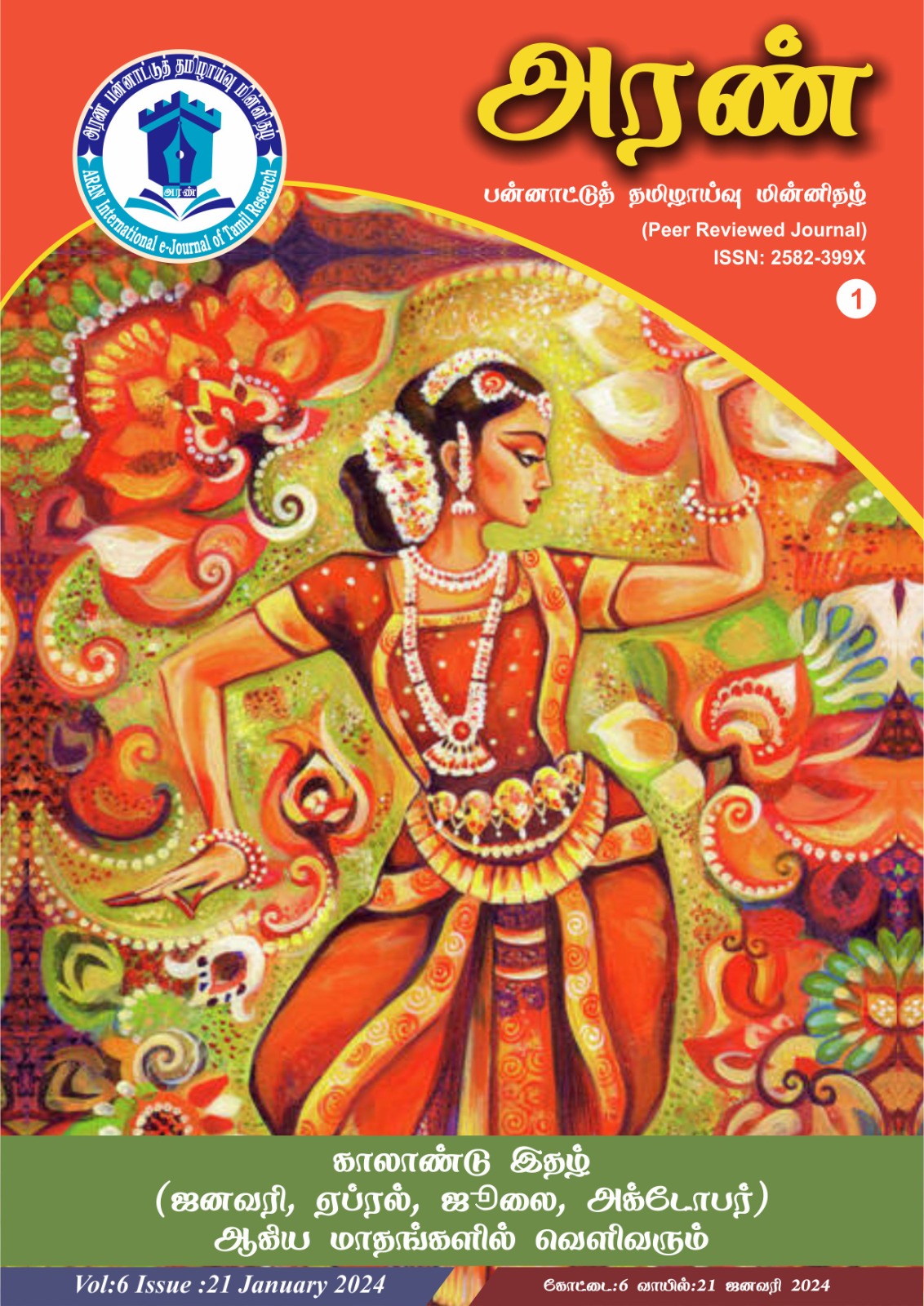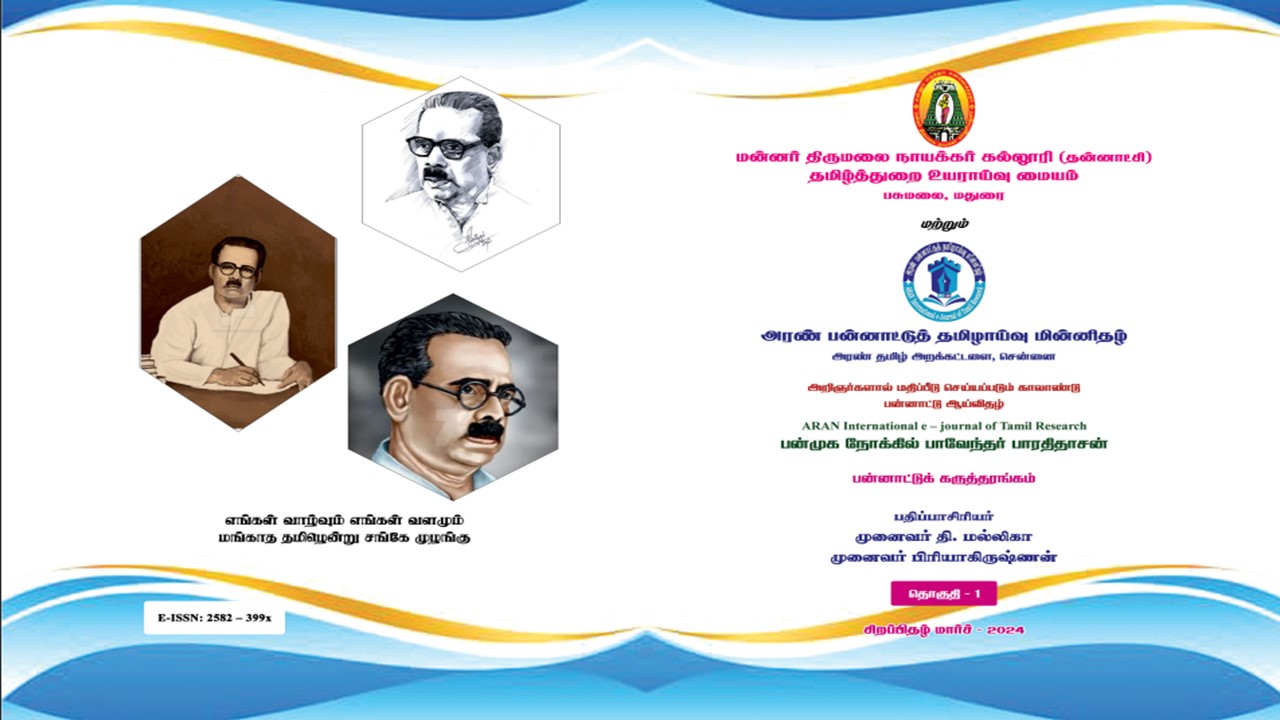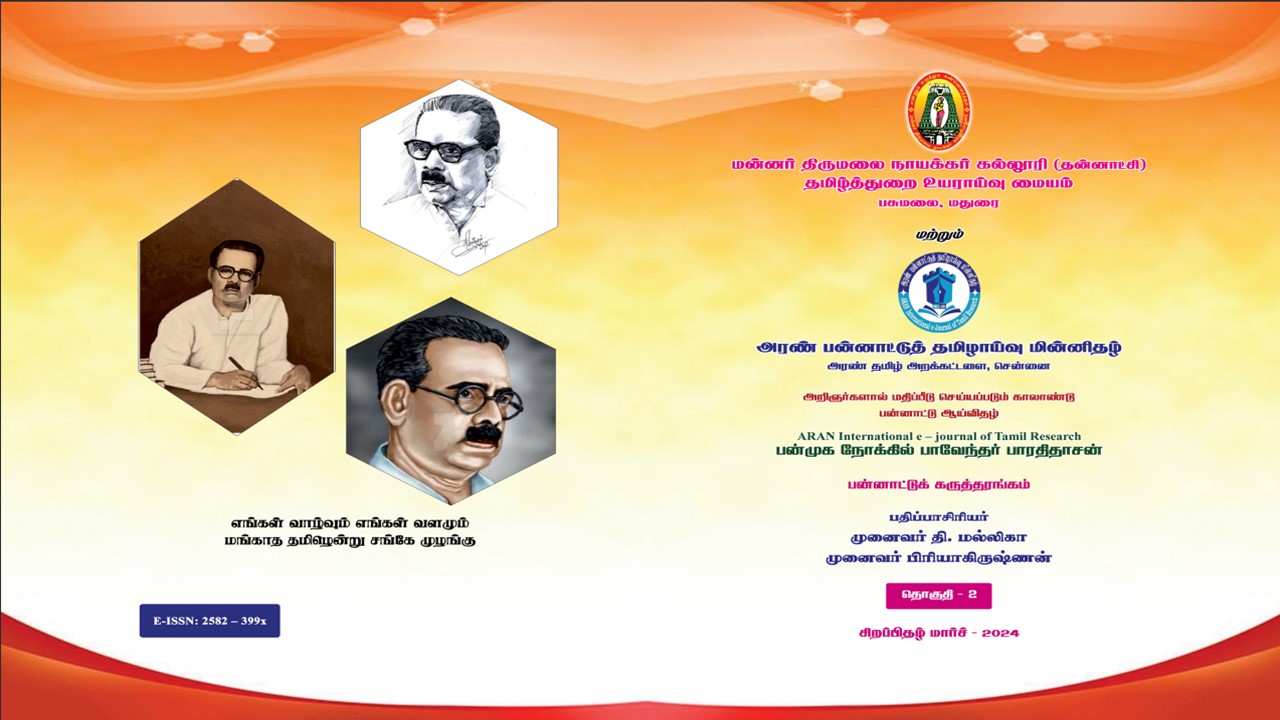Recent Archaeological Explorations in Shervarayan Hills, Tamil Nadu
Dr. Priyakrishnan
Guest Lecturer& Archaeologist
Govt Fine arts college
chennai
Abstract:
The role of tourism and the establishment of tea and coffee estates are the major causes that confront many of the archaeological remains in Yercaud. Some of the most extensive dolmen sites to be identified by Robert Bruce Foote and his successors in the picturesque hill had been almost razed to ground for the development of tourist resorts cropped up in every nook and corner. The dolmen site of Kilmondambadi (Foote 1916), cist burials of Karadiyur, Moganad (Foote 1916), Talaisolai and Sengadu irrespective of its antiquity had fallen as lame victims to cater the needs of coffee estates. The presence of graves is seen at these places only as a trash pits or as boundary stones planted in the estates. The Neolithic implements identified at the site of Muluvi are also fast disappearing due to the expansion of these Earlier studies on Neolithic and Iron Age Culture from Shervarayan Hills

(fig. Shervarayan Hills, Tamil Nadu: Archaeological sites)
Key words:
shervarayanHills,iron age culture,Neolithic,Yercaud,dolamen
Neolithic Culture
The credit for putting Salem in the archaeological map of South India largely owe to a host of British explorers during the pre-independence era. With its congenial geographical set up, the
Salem region more particularly the Shervarayan hills was identified as a potent area of research for the antiquity of early mankind.
After the first discovery of Palaeolithic implements in Pallavaram by Robert Bruce Foote, he turned his attention towards this area in search of prehistoric settlements. Foote however did not succeed in discovering any significant tool assemblages from this place; instead he located few sites with Neolithic traits in the Shervarayan hills. But even before Foote, it was Surgeon General Cornish who could be credited for the discovery of Neolithic sites in Salem.
In the year 1864, Foote made an extensive survey and sporadically found Neolithic implements from the ploughed fields which were collected by the local while tilling the land. They were subsequently housed in the small temples for worship. Later during the course of his exploration in the Shervarayan hills, he came across the site of Vattalmalai lying northwest of the hill. Apart from this site, other sites of Neolithic period wascentred on the northern part of the then undivided Salem represented by the present districts Dharmapuri and Krishnagiri.
Along with these tools, Foote also noticed some curious artefacts what he calls as the Ring stones and Slick stones. He noticed that the ring stones are the common form found along with Neolithic implements at this area. The next group of artefacts consist of the representative specimens of stone artefacts like Phallus (?), Mullers and Terracotta discs.
Other objects such as the mullers and pottery discs are the commonest varieties found in
Neolithic settlements. The descriptions of Foote also accounts for many significant observations upon the availability and selection of raw materials by the Neolithic people of this region.
Although much of Foote’s work was based on surface findings, nevertheless his untiring efforts provided stimulus to the pre-historic studies. His discoveries laid down firm foundation to many of his successors to study the Neolithic culture in Tamil Nadu. On the whole, the contribution made by Foote can be aptly called as the formative phase of South Indian Archaeology in general and Neolithic in particular.
After the initiative work of Foote we find considerable cessation of archaeological activities pertaining to South India. No admirable survey was ever attempted and hardly made any problem-oriented research towards the Neolithic remains. It was only in post independence era that the research of Neolithic culture received fresh impetus at the hands of B. Narasimhaiah of the Archaeological Survey of India through his explorations. His intensive survey conducted over the northern parts of Tamil Nadu brought to light concentration of sites atop the Shervarayan as Kavalkaransamy.


and Kalvarayan hills. The site of Vattalmalai was reinvestigated and hundreds of polished Stone Axes, worshipped as cult objects were found. Microlithic tools made on quartz and chalcedony belonging to Late Stone Age were also reported to occur with the stone axes (Narasimhaiah 1980: 31). His expedition too failed to produce any noteworthy habitation area from the Neolithic period.
But the study of Narasimhaiah made a positive approach and expanded the scope of Neolithic archaeology of Salem region. Meanwhile the same period witnessed addition of few isolated finds by the Department of Ancient History and Archaeology, University of Madras at the site of Muluvi near Yercaud in Shervarayan hills (IAR 1962-63: 13).
Iron Age Culture
The documentation of Megalithic remains in Salem region was initiated by Robert Bruce Foote. Irrespective of his interest over Palaeolithic remains, his descriptions about the
Megalithic monuments are still valid for their accuracy. He identified that the western and northern parts of Shervarayan hills were rich in dolmens. While assessing the archaeological wealth of Salem region, Foote contents to draw that Shervarayan hill possessed with more Iron Age reserves than the Neolithic age (Foote 1916: 61). His explorations were chiefly concentrated on the western and the northern part of the Shervarayan hills. They were found to be rich in dolmens. A group of three sites namely Kilmondampadi, Karadiyur and Moganad were investigated by him. But his description over the opening the group of burials at Kilmondampadi are quite vague to understand weather he really goes to describe dolmens.
In the year 1875 Justice M.J. Walhouse made several additions by discovering a number of sites containing dolmens and cist burials at Shervarayan hills. From his accounts one could observe that many of the burials had subsidiary cists around the main chambers (Walhouse 1875). The government of India in the year 1882 appointed Robert Sewell to compile the antiquarian remains throughout Tamil Nadu. Consequent to his visits to Dharmapuri and Salem numerous sites were newly identified and added in his volume (Sewell 1882).
Evidence of Neoliths from Shervarayan Hills
From this region majority of the cultural material from Neolithic period are polished stone axes and these axes at Shervarayan hills were collected by the local people from the nearby stream and cultivated field as Samikkal(god stone) and placed them in a small temple called Pillaiyarkoyil in every village. Though the tradition is of recent years, the location and typological aspects of these tools within the landscape suggest that these tools belongs to Neolithic Age but this aspect is yet to be confirmed with concrete Neolithic habitation sites.
Muluvi (11°51’05.4” N; 078°12’16.5” E)
The village Muluvi lies 14 km north of Yercaud on the Shervarayan hills in district Salemt. Neolithic implements like hand axes and polished stone tools are found in the Pillaiyarkovil (Ganesh temple) constructed on the northern side of the Mariyammankovil. The polished tools are measuring 5 to 18 cm in length and 4.5 to 7 cm in breadth. Thirty Five polished tools are found under the tree (fig. 22). It is locally called as Samikkal. Nearly Eleven grooves used for polishing the edges of the Neolithic tools are noticed on the bedrock located in front of the Mariyammankovil (fig. 23). These shallow troughs look alike to the shallow trough used for manufacturing the Polished Stone Axe during Neolithic times. Such shallow grooves were reported earlier at Sangnakallu-Kupagal in district Bellary of Karnataka and recently reported at Keezanur on the Javadi hills (The Hindu, 2013:20) in district Vellore of Tamil Nadu

SemmamnattamPudur (11°50’39.5” N; 078°12’53.4”)
The village SemmamnattamPudur is located about 17 km north of Yercaud on the Shervarayan hills. A small temple built of four slabs looking like a dolmen known as Maniyappankoyil is noticed at the northern side of the village. A polished stone tool measuring 8 cm in length placed inside the temple and there tool is called as Samikkal.
Velur (11°49’08.4” N; 078°10’28.4”)
The village Velur lies 12 km west of Yercaud on the Shervarayan hills. Neolithic implements like hand axes and polished stone tools are found in the Pillaiyarkovil (Ganesha temple) on the southern side of the village and Ramarkovil on the eastern side of the village. The polished tools are measuring 4 to 15 cm. About fifty polished tools are found in the Pillaiyarkovil and four polished tools are found in the Ramarkovil, It is locally called as Samikkal.
Nadur (11°48’46.0” N; 078°10’28.4” E)
Nadur lies 9 km west of the Yercaud on the Shervarayan hills. A small temple built of four slabs looking like a dolmen known as Pillaiyarkoyil (Ganesha temple) is noticed at the northern side of the Mariyammankovil in centre of the village. More than ten polished stone tools measuring 7 to 14 cm in length placed inside the temple and these tools are called as Samikkal (fig. 26). There are three late medieval period memorial stones found on the northern side of the Mariyammankovil locally known

Nadur (11°48’46.0” N; 078°10’28.4” E)
The small village Poolakkadu is located 15 km north of the village Yercaud on the Shervarayan hills. Neolithic implements like hand axes and polished stone tools are found in front of the Mariyammankovil constructed on the western side of the village. The polished tools are measuring 7 to 14 cm in length and 4 to 7 cm in breath. Four polished tools are found under the tree. It is locally called as Samikkal.
Iron Age - Early Historic Sites
Previously four Iron Age sites reported and during the present survey two more Iron Age burial sites were located in the Yearcaud on the Shervarayan hills. A brief description of the sites is given below.
Muluvi (11°51’05.4” N; 078°12’16.5” E)
The terracotta figurine collected by R.B. Foote from the site of Muluvi is one of the rarest finds found in this region from Iron Age site (Foote 1916: 62). It’s rudimentary form and heavy hair style dressed in short ringlets around the head leads us to assume its age dating back to Megalithic times. Iron Age Urn burials are reported by Department of Ancient History and Archaeology, University of Madras (IAR 1962-63: 13).
Karadiyur (11°50’39.5” N; 078°12’01.4” E)
Karadiyur lies 14 km northwest of the Yercaud on the Shervarayan hills. Iron Age cist burial and urn burial were noticed by Robert Bruce Foote (Foote 1916).
Iron Age dolmens are found during the present exploration on eastern side of the village. There are two dolmens are found in the coffee estate. Instead of slabs, chamber walls were made of small rubble placed in 3 to 5 courses to the height of 50-60 cm. The whole structure or chamber is surrounded with two circles. The inner circle had slabs placed at regular intervals around the capstone except on the eastern side. It is locally known as Pandiyanveedu. The dolmen measures to 3 to 5 m in height and the circle is raised 1 m from the surface. The cairn circle was built of boulders kept at regular intervals.
ServarayanKovil (11°48’30.4” N; 078°13’00.3” E)
The temple ServarayanKovil lies 7 km north of Yercaud on the Shervarayan hills. Iron Age dolmens are found a km away from temple and the place is called Paaikadu. More than twenty dolmens are found on the rocky surface locally known as Pandiyanveedu. Dolmens made of four dressed orthostats enclosed with flat capstone are found in the present stone quarry area. The dolmen measured 5 m to 7 and the chamber is 2.5x1.0x0.30. The circle is raised 1 m from the rocky surface. The cairn circle was built of boulders kept at regular intervals.
Discussions
The modern surveys reveal that the Shervarayan hills are rich in archaeological remains. The Neolithic sites have been identified mainly in the hilly area of the Shervarayan hills. But no
Neolithic settlements like habitation and potteries have been reported in these hills so for, although polished stone axes and grooves have been found in this hill.
Identification of the Iron Age - Early Historic burial sites exist in this region. The hilly areas have been met with dolmens, stone circles, cist burials and cairn circles. They are buried near the rivulet. The dolmens are known as Pandiyan-Veedu. The cairn circles are known as Pandiyan thittu and Pandiyan-Veedu.
However, lack of excavation prevented our understanding on the nature of cultural developments in this eco-zone. Well planned and problem-oriented excavations in future alone could solve the research problems related to the megalithic burials.
References
- Foote, R.B. (1916) Pre Historic And Proto Historic Antiquities of India, Leladevi Publications, Delhi.
- (IAR) Indian Archaeology – A Review 1961-62, Archaeological Survey of India, New Delhi. (IAR) Indian Archaeology – A Review 1962-63, Archaeological Survey of India, New Delhi. Phillips, Rev. Maurice (1873) Tumuli in the Salem District, Indian Antiquary (2).
- Narasimhaiah, B. (1980) Neolithic and Megalithic Culture in Tamil Nadu, Sundeep Prakashan, New Delhi.
- Rajannan, Busnagi (1992) Salem Cyclopaedia: A Cultural and Historical Dictionary of Salem District, Tamil Nadu, Institute of Kongu Society, Salem.
- Sewell, Robert (1882) List of Antiquarian Remains in Presidency of Madras, Archaeological Survey of India, Madras.
- Walhouse, M.J. (1875) Notes on the Megalithic Monuments in the Coimbatore District, Journal of Royal Asiatic Society of Great Britain and Ireland, New Series (7).

